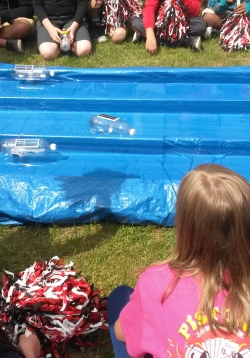Keeping it Cool With Solar: Add Solar Panel Redesign, Rebuild, Retest
This lesson is designed for one 60-minute session. Students will share and discuss results. Students are shown solar panel and fan and are asked, “Using solar technology, how might we make the ground in our structures even cooler?” Using the solar panel...



